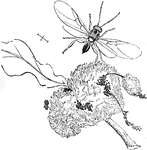Clipart tagged: ‘gall’
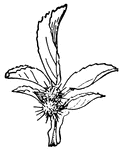
Gall
Galls on leaf of rose. The location of a parasite is often marked by swellings of peculiar and fantastic…
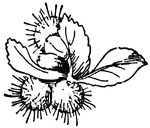
Gall
Galls on leaf of rose. The location of a parasite is often marked by swellings of peculiar and fantastic…

Gall
Galls on stem of grape. The location of a parasite is often marked by swellings of peculiar and fantastic…
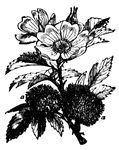
Gall
This spongy gall is found on various species of roses, and is produced by several insects as receptacles…

Leaf-Miners' Galleries in Elm
The larvae of leaf-miners eat out the tissue of the leaves of elm between the lateral veins. This leaves…
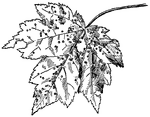
Mite Galls on Maple
Pictured are mite galls on maple. The galls are malformations or swellings caused by the insect.

Phrenology
The term applied to the psychological theories of Gall and Spurzheim, founded upon 1, the discovery…

Phylloxera Galls on Chestnut
Pictured are phylloxera galls on chestnut. Insect larvae cause malformations or swellings of the leaves…
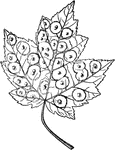
Maple spot gall
"The maple spot gall, so common on the leaves of the red maple, is made by the fungus-gnat of the order…



